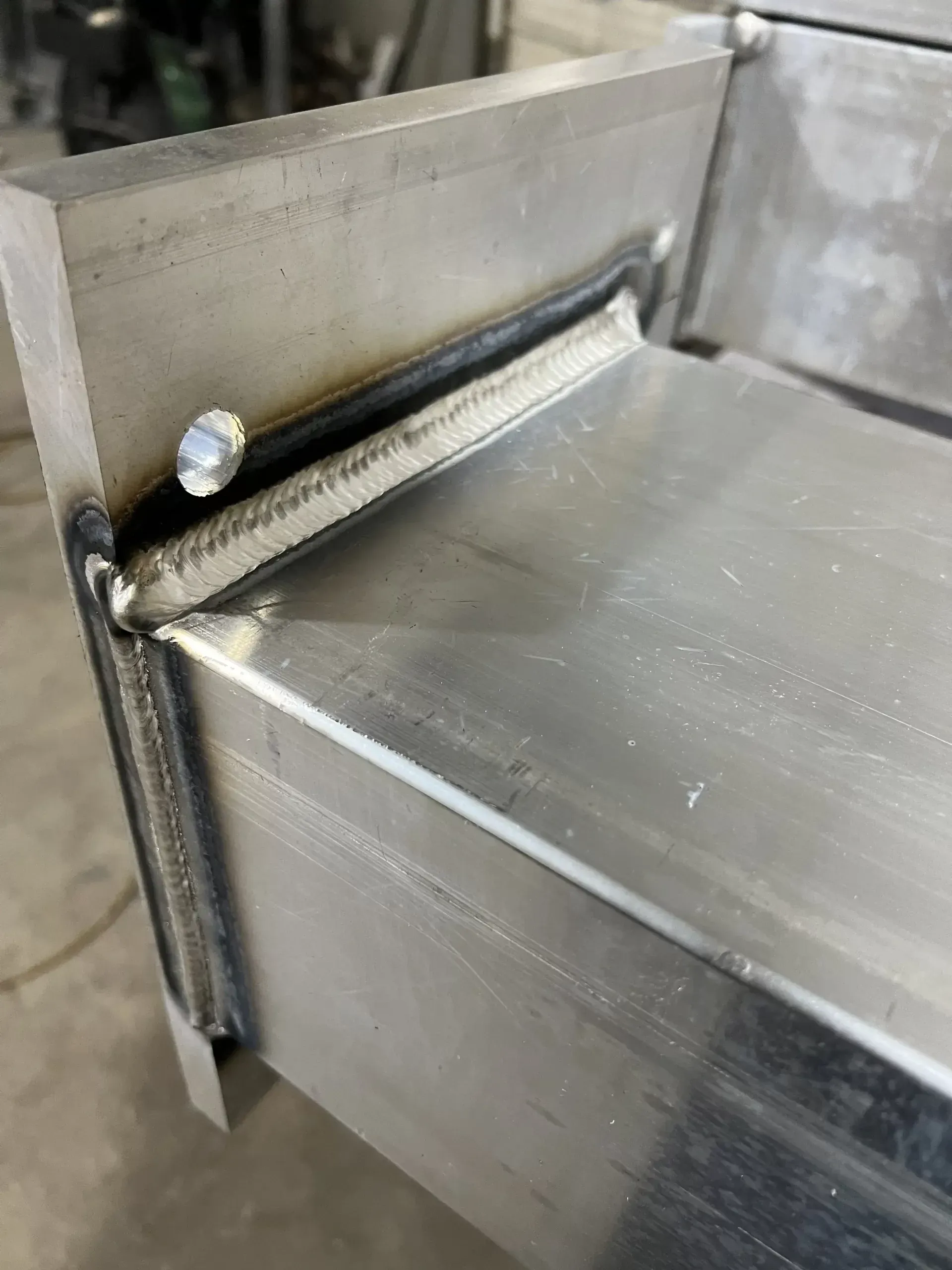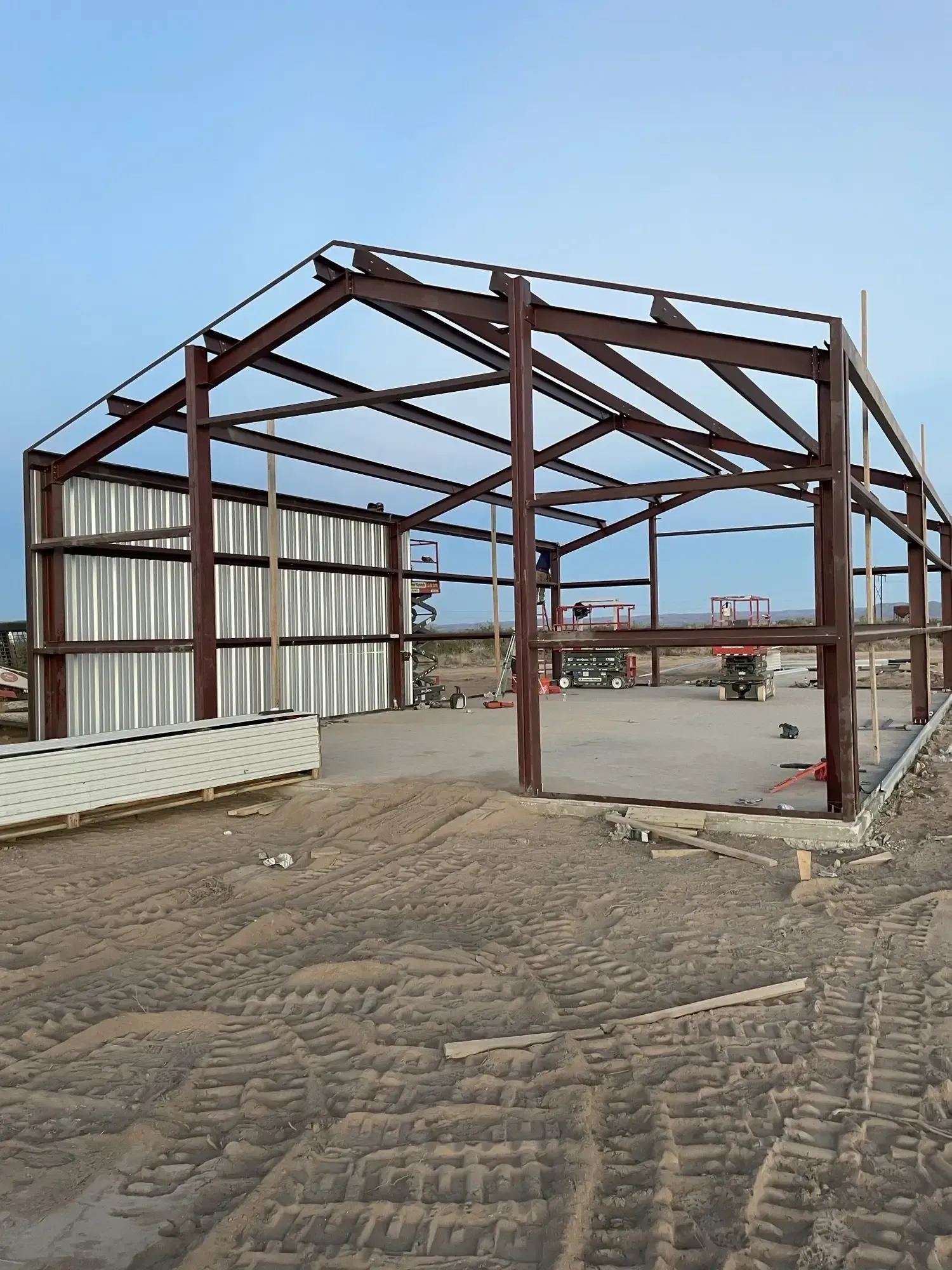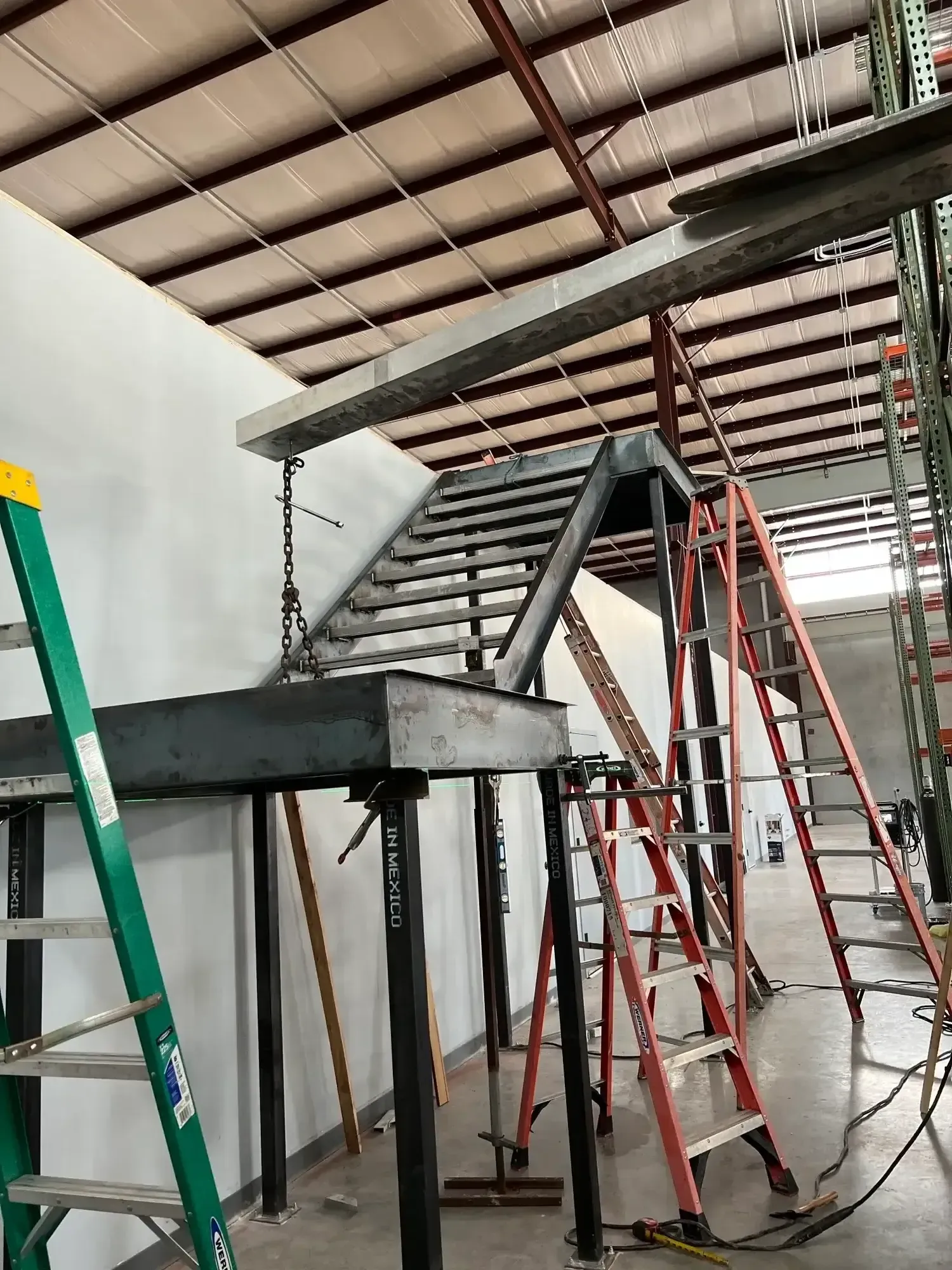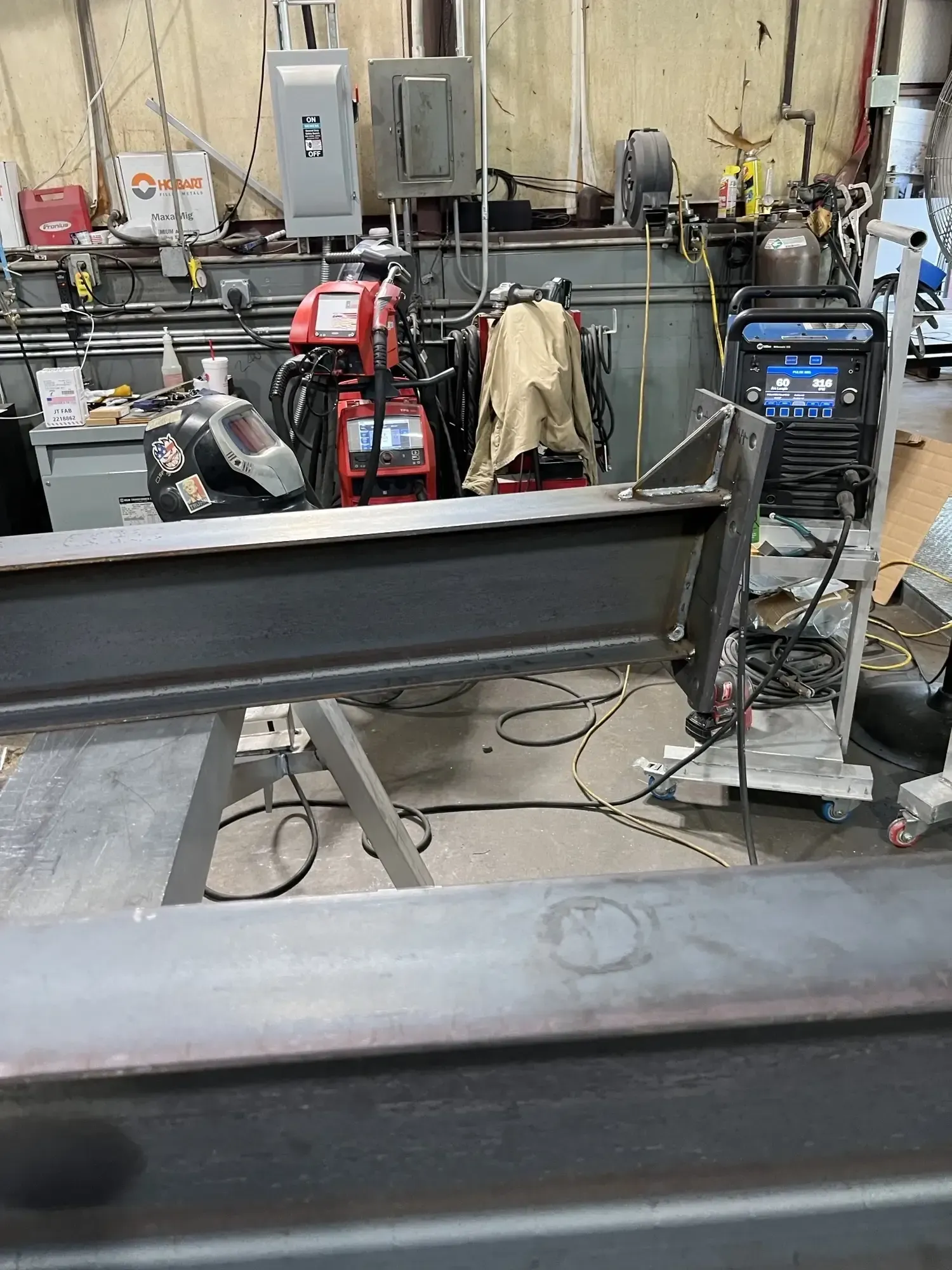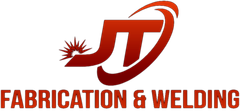Achieve Precision with Our Metal Fabrication
Certified Metal Fabrication Services in the Greater Houston Area
Get a Quote
Contact Us
We will get back to you as soon as possible.
Please try again later.
Enhance Your Projects with Expert Craftsmanship
Schedule Metal Fabrication Services in the Greater Houston Area
When you need top-notch metalwork, you turn to JT-Fabrication & Welding. Serving Pearland, Pasadena, TX, and surrounding areas, we specialize in providing exceptional metal fabrication and welding services. Can you picture the gleam of expertly welded aluminum or the sturdy feel of custom metal covers? We handle projects of all sizes with precision and care, ensuring your satisfaction every step of the way.
From mobile welding to industrial safety barriers, we cover a wide range of services tailored to meet your specific needs. Our competitive pricing and flexible hours make it easy for you to get the job done without hassle.
Reach out today to see how we can assist with your next project.
What We Offer
Our services in Pearland and Pasadena, TX, are designed to cater to various industries, ensuring that your specific requirements are met with precision. From commercial to industrial projects, our expertise spans a wide range of applications. Explore our offerings to find the perfect solution for your needs:
Our mobile welding services are tailored for commercial, industrial, and oilfield clients who require on-site expertise.
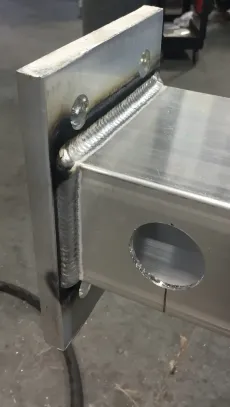
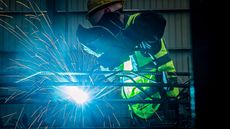
We specialize in welding repairs for utility, equipment, and gooseneck trailers, ensuring they are safe and roadworthy.
Our commitment to precision ensures that your structures are built to last, adhering to all relevant building codes.

We work closely with commercial clients, including lithium companies, to deliver covers that meet specific design and structural requirements.

Whether you're looking to add a decorative touch to your home or need robust solutions for your business, our expert team is ready to bring your vision to life.
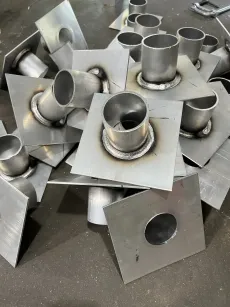
Contact us today to discuss how we can bring your project to life.
Why JT-Fabrication & Welding
At JT-Fabrication & Welding, we pride ourselves on our commitment to quality and customer satisfaction.
We understand the unique demands of the local market, from the bustling industrial sectors to the vibrant commercial landscapes. Our fast turnaround, certified welders and mobile welding trucks ensure that we can meet your needs with speed and efficiency.
With a focus on safety and durable builds, we stand out as a leader in the metal fabrication industry. Whether you're dealing with the humid weather or the fast-paced urban environment, our solutions are designed to last.
Discover the difference our expertise can make in your next project.

